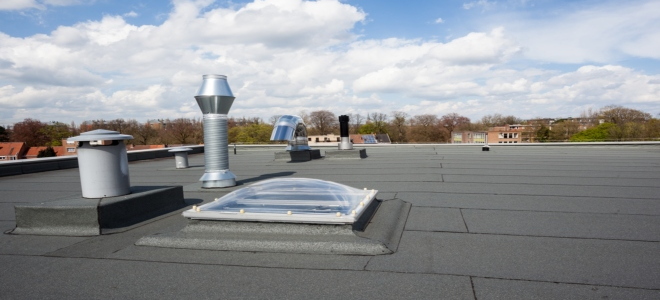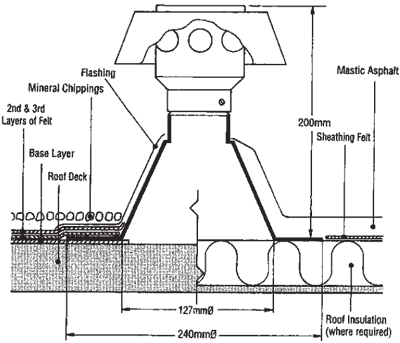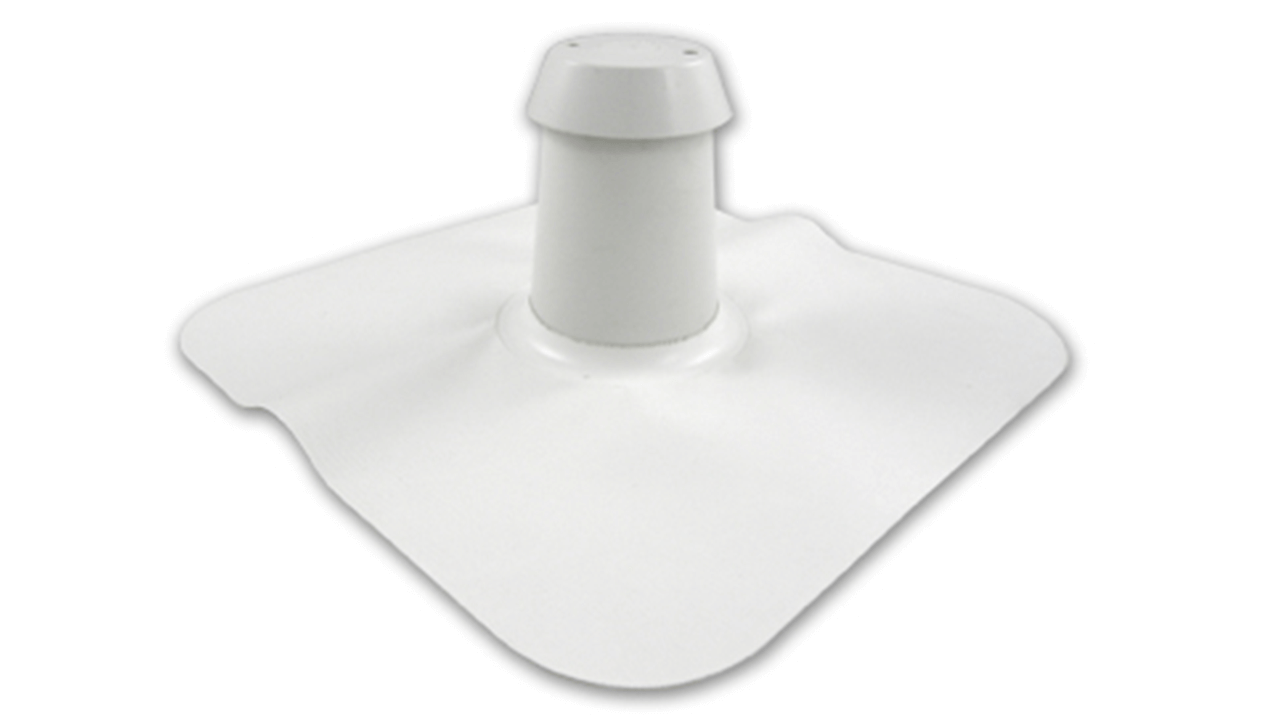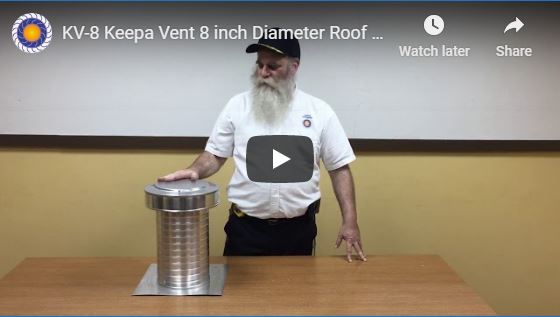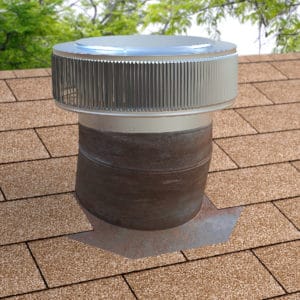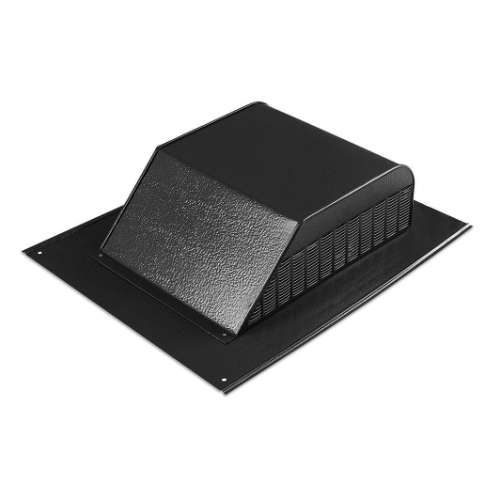Flat Roof Breather Vent Installation

Roof vents need to be built tall for flat roofs because flat roofs drain water poorly and slowly compared to steep sloped roofs.
Flat roof breather vent installation. Having both will enable the cavity to breathe with cross ventilation. 3 mushroom roof vent. 2 expansion and contraction stress on the weathering membrane. 3 subsequent ceiling level condensation.
Today the majority of flat roof con structions are carried out as unven tilated flat roof without a ventilation level for thermal insulation. The conical shape and wide base opening allows for greater performance than standard cylindrical designed vents allows for easier installation and a better performing flashing detail. Such vents usually consist of vertical pipes or stacks open to the outside air shielded from the rain by a cover and penetrating the roofing membrane to provide a path for moisture to reach the outside. They operate with a billow that opens and closes according to the moisture content within the attic area.
Ventilated flat roof ventilated flat roofs two part cold roofs provide a functional roof. The installation of breather vents in the waterproofing layers of the roof allows this trapped moisture to escape thus alleviating the problems caused by 1 blisters in the asphalt or felt roof covering. Klober breather vents can be installed in both cold and warm flat roofs if needed and their design enables them to ventilate between the layers. They work with multi layer and three layer roofing systems helping to reduce the build up of moisture.
Flat roof ventilation should be accomplished when you have equal amounts of air exhaust with air intake. Another common flat roof vent is the mushroom vent. Our flat roof breather vents are specifically designed as a means of ventilating insulated cold deck roof designs. They are suitable for use with almost all single ply and multi layer flat roof systems and provide essential airflow between the flat roof structure to reduce the build up of condensation and other forms of moisture which can occur in unventilated flat roofs.
A simple identification feature distinguishes the one way vent from the two way breather allowing for roof inspections to be completed quickly and thoroughly. It has been common practice in recent years to install breather vents in an attempt to remove moisture from wet insulation.







